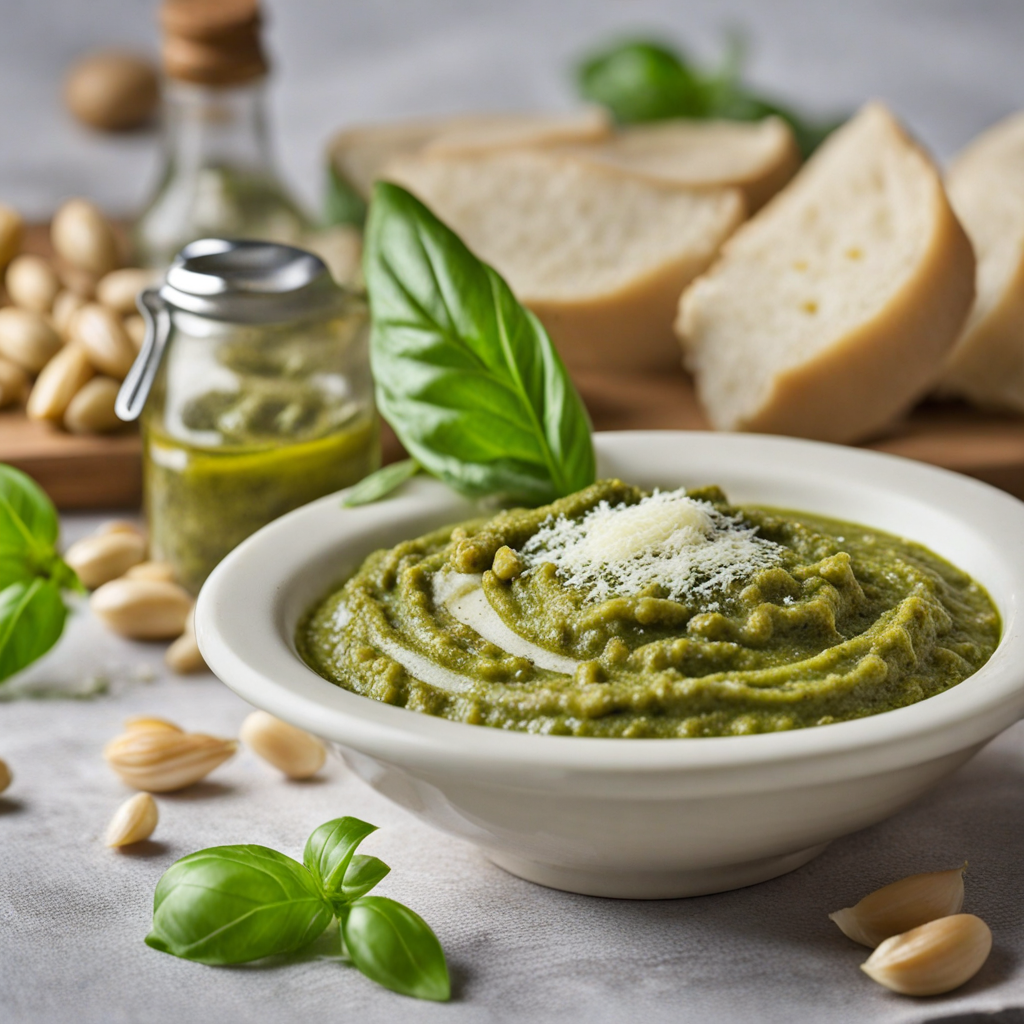Calzone
Calzone is a delightful Italian dish that resembles a folded pizza, offering a unique twist on traditional flavors. Originating from Naples, this savory pastry is made from soft, elastic pizza dough that is filled with a variety of ingredients, typically including ricotta cheese, mozzarella, and a selection of meats or vegetables. The calzone is then sealed and baked until golden brown, creating a crispy exterior that encases a deliciously gooey interior. Each bite reveals a harmonious blend of rich cheeses and robust fillings, making it a satisfying treat for any palate. What sets calzones apart is their versatility. You can find them filled with classic ingredients such as pepperoni, sausage, or ham, but they can also be customized to suit your taste preferences. Vegetarians can enjoy calzones stuffed with sautéed mushrooms, spinach, and artichokes, while those seeking a gourmet experience may opt for combinations like prosciutto with arugula and a drizzle of balsamic glaze. The possibilities are endless, allowing for a unique culinary adventure with each calzone you try. Served hot, calzones are often accompanied by a side of marinara sauce for dipping, adding an extra layer of flavor to the experience. As you break into the calzone, the aroma of melted cheese and seasoned fillings wafts through the air, enticing your senses. Whether enjoyed as a hearty meal or a delightful snack, calzones are an excellent way to explore the comforting and diverse world of Italian cuisine, promising a taste sensation that you won't soon forget.
How It Became This Dish
The Calzone, a delicious Italian stuffed pastry, has a rich history that traces back to the culinary traditions of Italy, particularly the southern regions. Its name originates from the Italian word "calzoni," which means "trousers" or "pant legs," a reference to its folded shape. While often associated with Naples, the calzone has roots that extend throughout the country, evolving in various regions with distinct local flavors and ingredients. The earliest forms of calzone can be traced back to the 18th century in Naples, where they were created as a portable meal for local workers. They were practical, allowing laborers to carry a satisfying meal that could be eaten on the go. Initially, calzones were filled with simple ingredients such as cheese and vegetables, reflecting the rustic lifestyle and available produce of the region. As the popularity of this dish spread, it began to incorporate various fillings, including meats and sauces, showcasing the diverse culinary landscape of Italy. In the 19th century, calzones gained recognition outside of Naples. Emigrants brought the dish to other parts of Italy and eventually to the United States. Italian immigrants introduced calzones to American kitchens, where they underwent further transformations. In America, calzones often became larger and were filled with more elaborate combinations of cheeses, meats, and vegetables. The dish became a favorite in pizzerias, with some establishments even offering calzones as a specialty item. The cultural significance of calzones extends beyond mere sustenance; they are emblematic of Italian identity and family traditions. In Italy, calzones are often associated with gatherings and celebrations. Families would make calzones together, filling them with ingredients that reflect their regional heritage. This communal aspect of preparing and sharing calzones has cemented their place in Italian culinary culture, serving as a way to connect with loved ones and preserve family recipes through generations. In the 20th century, the calzone’s popularity surged as Italian cuisine became mainstream in many parts of the world. The introduction of pizza in the United States played a significant role in this growth, as calzones were often seen as a complementary dish. Pizzerias began to experiment with calzone fillings, leading to a variety of styles and flavors that catered to local tastes. This adaptability allowed calzones to thrive in diverse culinary environments, making them a beloved dish in Italian-American cuisine. As the calzone evolved, so did its preparation methods. Traditional calzones are baked, resulting in a golden, crispy crust. However, variations have emerged, including fried calzones, which are particularly popular in some regions of Italy and the United States. The frying process adds a different texture and flavor, enticing diners with a crunchy exterior that encases the savory filling. This innovation reflects the ongoing evolution of Italian culinary techniques and the willingness to experiment with classic recipes. With the rise of gourmet food culture in the late 20th and early 21st centuries, chefs began to elevate the calzone, experimenting with high-quality ingredients and unique flavor combinations. Artisan pizzerias and restaurants started to feature calzones with gourmet fillings such as truffle oil, artisanal cheeses, and locally sourced meats. This culinary renaissance highlighted the versatility of the calzone, allowing chefs to showcase their creativity while honoring traditional Italian cooking methods. The calzone also plays a role in the broader context of Italian street food. In various regions of Italy, especially in Naples, calzones are sold at food stalls and markets, making them a popular choice for a quick and satisfying snack. This accessibility has contributed to their popularity, as people of all ages enjoy calzones as a convenient yet delicious option. The street food culture surrounding calzones emphasizes the communal experience of sharing food, reflecting the Italian ethos of enjoying meals together. In addition to its savory counterparts, sweet calzones have emerged as a delightful variation. Filled with ingredients like ricotta cheese, chocolate, or fruit preserves, sweet calzones offer a dessert option that showcases the versatility of the dough. These sweet versions are especially popular during festive occasions, further cementing the calzone's status as a dish that brings people together in celebration. The global appreciation for calzones has led to regional adaptations in various countries. In Brazil, for example, calzones are often stuffed with a variety of fillings, including palm hearts and olives, reflecting local tastes and ingredients. Similarly, in Argentina, calzones have been embraced and adapted into the local cuisine, showcasing the dish's ability to transcend cultural boundaries. This adaptability highlights the calzone’s universal appeal, allowing it to resonate with diverse culinary traditions around the world. As the calzone continues to evolve, it remains a symbol of Italian culinary heritage and innovation. It stands as a testament to the enduring nature of traditional foods and their ability to adapt to contemporary tastes. Whether enjoyed in a rustic pizzeria in Naples, a trendy restaurant in New York, or a street vendor in São Paulo, the calzone serves as a reminder of the rich history of Italian cuisine and its capacity to bring people together through the simple act of sharing a meal. In conclusion, the history of the calzone is a fascinating journey that mirrors the culinary evolution of Italy and its diaspora. From its humble beginnings as a worker’s meal to its status as a beloved dish enjoyed worldwide, the calzone encapsulates the spirit of Italian cooking—simple, hearty, and deeply rooted in community and tradition. With each bite, one can savor not only the delicious flavors but also the rich tapestry of history and culture that the calzone represents.
You may like
Discover local flavors from Italy







